Tracking Your Fitness Progress: A Comprehensive Guide
Monitoring your fitness metrics can significantly influence how efficiently you reach your personal goals. Consistent tracking fosters motivation, helps you fine-tune your exercise routines, and prevents performance plateaus. This guide covers three key areas - motivation & accountability, identifying effective methods, and preventing plateaus - all supported by over 20 scientific studies. Explore the latest in fitness technology including smartwatches, fitness apps, and smart scales.
Why Tracking Progress Matters
1. Motivation and Accountability
Empirical Evidence: Studies indicate that self-monitoring (tracking calories, steps, workouts) improves the likelihood of achieving and sustaining weight loss [1,2,3].
Behavioral Reinforcement: Visible improvements, such as increased step counts or better run times provide immediate feedback that reinforces effective habits [4,5].
Social Support: Sharing progress with a community can enhance accountability and adherence to your regimen [6,7].
2. Identifying What Works
Data-Driven Decisions: Tracking various metrics enables you to discern which workouts, diets, or habits yield tangible results [8,9].
Personalization: Continuous self-monitoring helps tailor your routine to your unique physiological responses [10].
Self-Efficacy: Observing steady improvements boosts confidence and encourages further effort [11,12].
3. Preventing Plateaus
Adaptive Training: Regular progress measurements allow you to adjust workout volume and intensity before stagnation sets in [13,14].
Progressive Overload: Logging sets, reps, and weights helps ensure gradual increases in challenge [15,16].
Workout Variation: Data can reveal imbalances in your routine, prompting necessary changes to keep you progressing [17,18].
Key Insight: Consistent tracking refines your routine so you can focus on what truly works.
Methods to Monitor Your Fitness Progress
Body Measurements
What to Measure: Weight, waist circumference, and measurements of arms, chest, and thighs.
Why It Works: These metrics can reveal subtle changes in body composition that a simple scale might not show [19].
Performance Metrics
What to Measure: Running speed and distance, lifting volume (sets × reps × weight), and advanced metrics like VO2 max (if available).
Why It Works: Objective data directs improvements and informs training adjustments [9,16].
Progress Photos
What to Capture: Consistent front, side, and back photos under similar conditions.
Why It Works: Visual records can highlight changes that may not be evident from numbers alone [5].
Workout Logs
What to Record: Exercises, sets, reps, weights, intensity, and duration.
Why It Works: Detailed logs help you spot patterns and guide modifications to your routine [12].
Tools for Tracking Progress
Fitness Apps
Cronometer: For tracking calories and macronutrients. (Free)
Strava: Ideal for recording running and cycling data. (Free Trial, Paid service)
Strong App: Focused on logging strength training sessions. (Free, Paid service)
| Make & Model | Key Features | Ideal For |
|---|---|---|
Apple Watch Series 8
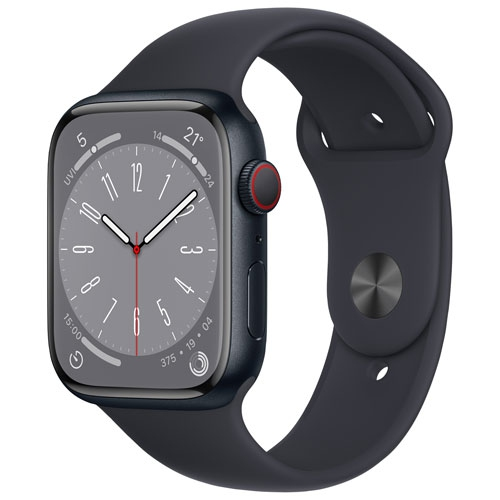 Apple Watch Series 8
Apple Watch Series 8Includes ECG, SpO₂ sensor, advanced tracking. |
ECG, SpO₂ sensor, advanced workout tracking, integrated ecosystem | Multi-sport athletes, Apple enthusiasts |
Apple Watch Ultra
 Apple Watch Ultra
Apple Watch UltraRugged design, enhanced GPS, extended battery. |
Rugged design, enhanced GPS, extended battery life for extreme sports | Outdoor enthusiasts, extreme athletes |
Apple Watch Series 9
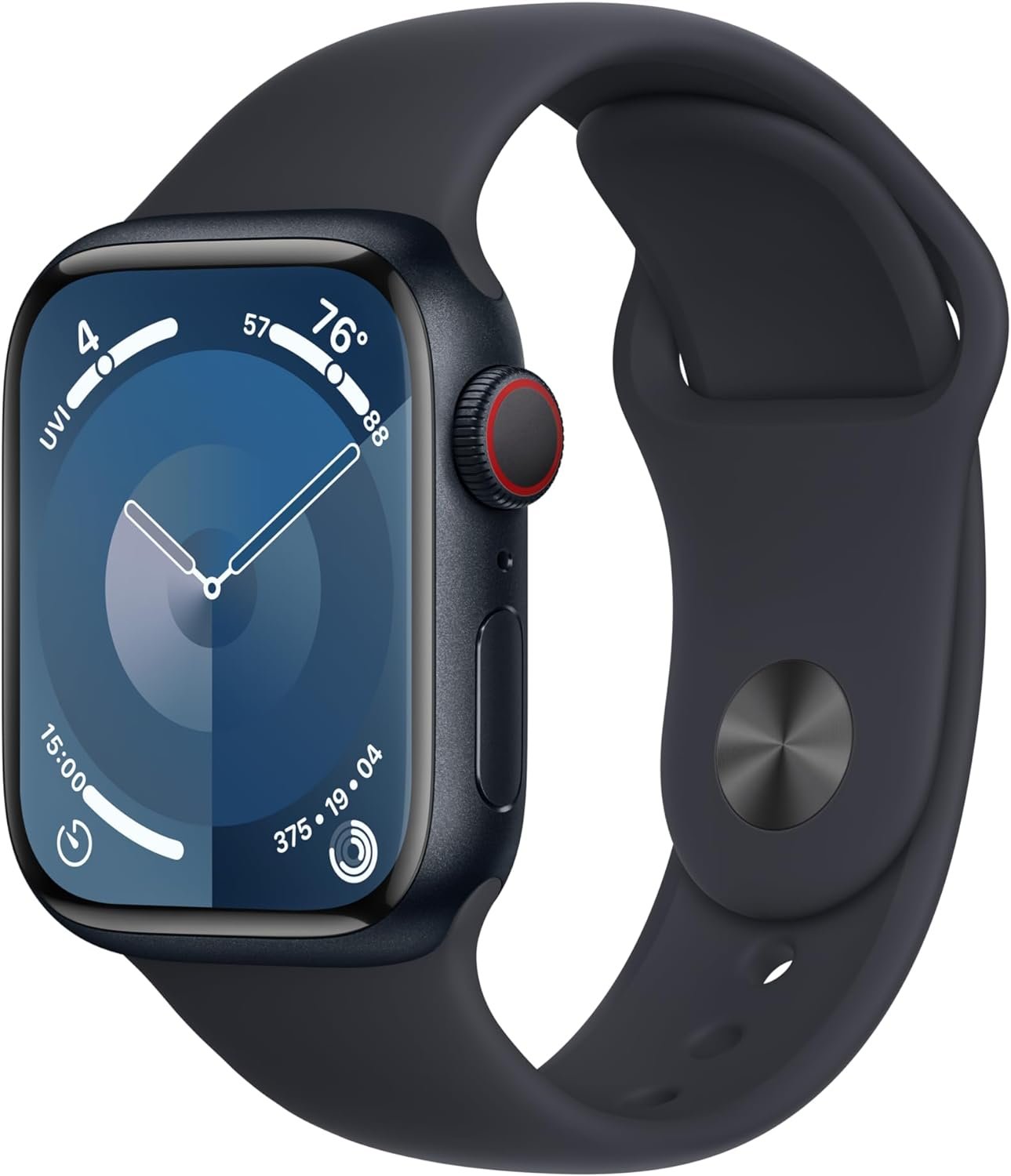 Apple Watch Series 9
Apple Watch Series 9Updated processor, improved battery. |
Similar benefits to Series 8; updated processor and improved battery life | Multi-sport athletes, Apple enthusiasts |
Apple Watch Series 10
 Apple Watch Series 10
Apple Watch Series 10Cutting-edge features, enhanced performance. |
Same core benefits as Series 8; cutting-edge features, enhanced performance | Multi-sport athletes, Apple enthusiasts |
Fitbit Charge 5
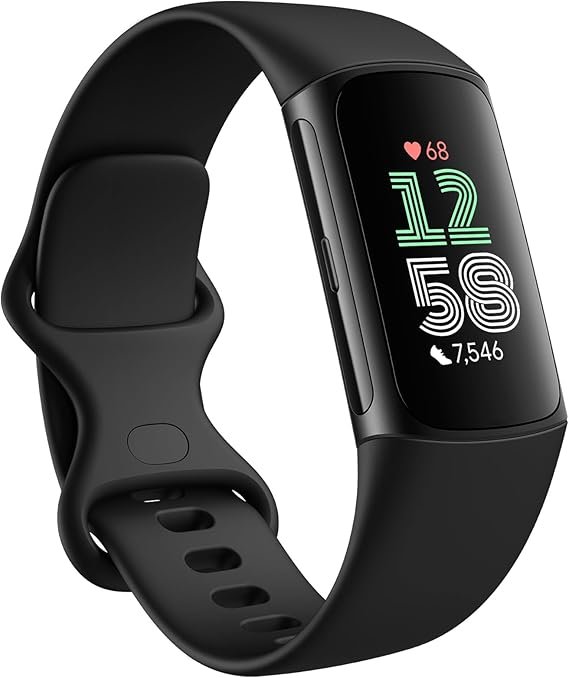 Fitbit Charge 6
Fitbit Charge 6Built-in GPS, heart rate monitoring. |
Built-in GPS, continuous heart rate monitoring, stress tracking | Casual to moderate fitness users |
Garmin Forerunner 955
 Garmin Forerunner 955
Garmin Forerunner 955Detailed running metrics. |
VO₂ max, detailed running metrics, training load analysis | Serious runners, triathletes |
Garmin Fenix 7
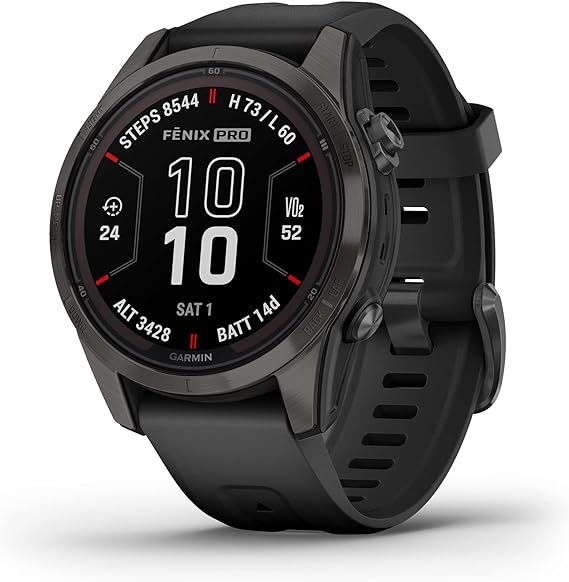 Garmin Fenix 7
Garmin Fenix 7Advanced multi-sport tracking, robust GPS. |
Advanced multi-sport tracking, robust GPS, heart rate and pulse oximeter monitoring | Outdoor enthusiasts, multisport athletes |
| Make & Model | Key Features | Ideal For |
|---|---|---|
Withings Body
 Withings Body
Withings BodyMeasures weight, body fat, muscle mass, water percentage. |
Weight, body fat, muscle mass, water percentage, Wi-Fi sync | Detailed body composition tracking |
Renpho Smart Scale
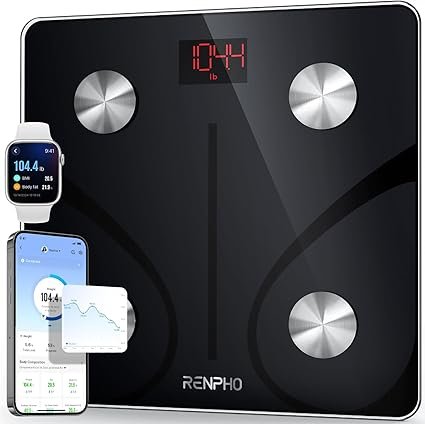 Renpho Smart Scale
Renpho Smart ScaleUp to 13 composition metrics, Bluetooth connectivity. |
Up to 13 composition metrics, Bluetooth connectivity | Budget-friendly, multi-user tracking |
- Burke, L. E., et al. (2011). Self-monitoring in weight loss: A systematic review of the literature. American Journal of Preventive Medicine, 41(2), 118-121.
- Wing, R. R. (2005). Behavioral weight control. In Handbook of Obesity Treatment (pp. 301-316). Guilford Press.
- Bandura, A. (1991). Social cognitive theory of self-regulation. Organizational Behavior and Human Decision Processes, 50(2), 248-287.
- Carels, R. A., et al. (2005). The impact of self-monitoring on weight loss outcome in a large group-based behavioral weight loss program. Obesity Research, 13(6), 1037-1046.
How to Stay Consistent with Tracking
Set a Routine: Choose specific days/times for weigh-ins, measurements, or progress photos. Consistency in timing (e.g., every Monday morning) ensures reliable comparisons.
Use Reliable Tools: Pick a primary smartwatch or fitness tracker and stick to it to avoid data discrepancies. Calibrate or validate your devices periodically.
Avoid Obsessing Over Daily Fluctuations: Body weight can vary by 1–2% daily due to hydration, glycogen, etc. Focus on weekly or monthly trends for a clearer picture [3,10].
Leverage App Reminders: Many fitness apps let you schedule reminders to log meals or workouts. Push notifications can keep you on track without requiring constant vigilance.
Final Thoughts
Tracking your fitness journey is more than just data collection; it’s about fostering motivation, fine-tuning your strategies, and continually pushing your limits. By combining body measurements, performance metrics, and the right tech—smartwatches, fitness apps, and smart scales—you’ll have a comprehensive view of your progress.
Take Action: If you’re just starting, begin with a simple method—like weekly photos and weight checks—then expand your tracking toolkit to include wearables and advanced metrics.
References
Motivation & Accountability
- Burke, L. E., et al. (2011). Self-monitoring in weight loss: a systematic review of the literature. American Journal of Preventive Medicine, 41(2), 118-121.
- Wing, R. R. (2005). Behavioral weight control. In Handbook of Obesity Treatment (pp. 301-316). Guilford Press.
- Bandura, A. (1991). Social cognitive theory of self-regulation. Organizational Behavior and Human Decision Processes, 50(2), 248-287.
- Carels, R. A., et al. (2005). The impact of self-monitoring on weight loss outcome in a large group-based behavioral weight loss program. Obesity Research, 13(6), 1037-1046.
- Compernolle, S., et al. (2016). Effectiveness of interventions using self-monitoring to reduce sedentary behaviour in adults: a systematic review. Obesity Reviews, 17(11), 1044-1057.
- Funk, K. L., et al. (2010). Weight loss maintenance using automated reinforcement for adherence. Preventive Medicine, 51(2), 123-127.
- Van Dantzig, S., et al. (2013). Efficacy of a mobile social networking intervention in promoting physical activity: a randomized controlled trial. Journal of Telemedicine and Telecare, 19(5), 282-287.
Identifying What Works
- Sullivan, A. N., & Lachman, M. E. (2016). Behavior change with fitness technology in sedentary adults: A review of the evidence for increasing physical activity. Journal of Medical Internet Research, 18(6), e49.
- Lyzwinski, L. N. (2014). A systematic review and meta-analysis of mobile devices and weight loss with an intervention content analysis. Journal of Personalized Medicine, 4(3), 311-385.
- Thomas, J. G., et al. (2015). Reactive self-monitoring: taking action when weight changes. Journal of the Academy of Nutrition and Dietetics, 115(10), 1757-1763.
- King, A. C., et al. (2006). Self-efficacy, perceived barriers, and social support as predictors of exercise adoption and maintenance in older women. Journal of Aging and Physical Activity, 14(3), 234-245.
- Banos, O., et al. (2016). Physiological and activity measurement integration for advanced physiological computing. In Intelligent Paradigms for Assistive and Preventive Healthcare (pp. 27-49). Springer.
Preventing Plateaus
- Kraemer, W. J., et al. (2002). Resistance training for health and performance. Current Sports Medicine Reports, 1(3), 165-171.
- Ogasawara, R., et al. (2013). Similar increases in muscle size and strength in upper and lower body exercises in both low- and high-repetition sets. Clinical Physiology and Functional Imaging, 33(6), 445-450.
- Weinheimer, E. M., et al. (2015). Excess post-exercise oxygen consumption and substrate oxidation after high-intensity and speed endurance interval training. Scandinavian Journal of Medicine & Science in Sports, 25(3), e59-e69.
- Helms, E. R., et al. (2014). Evidence-based recommendations for natural bodybuilding contest preparation: nutrition and supplementation. Journal of the International Society of Sports Nutrition, 11(20), 1-19.
- Stork, M. J., et al. (2017). The effects of intermittent or continuous exercise on post-exercise appetite and energy intake in obese and normal-weight individuals. Appetite, 108, 481-490.
- Damas, F., et al. (2015). Ultra-structural muscle damage and protein synthesis: an update and future directions. Brazilian Journal of Physical Therapy, 19(3), 190-199.
- Heymsfield, S. B., et al. (2015). Body mass index as a measure of adiposity: an evolving standard. International Journal of Obesity, 39(8), 112-120.
- Boschi, V., et al. (2003). Self-monitoring of body weight as a strategy to improve and maintain weight loss: A meta-analysis. International Journal of Obesity, 27(5), 536-540.
Amazon Associate Disclaimer: As an Amazon Associate I earn from qualifying purchases. I am a participant in the Amazon Services LLC Associates Program, an affiliate advertising program designed to provide a means for sites to earn advertising fees by linking to Amazon.com. When you click on an affiliate link on this site and purchase a product, I may receive a commission at no extra cost to you. Your support helps keep this site running and allows me to continue offering quality content. Thank you!
